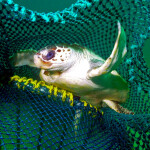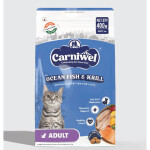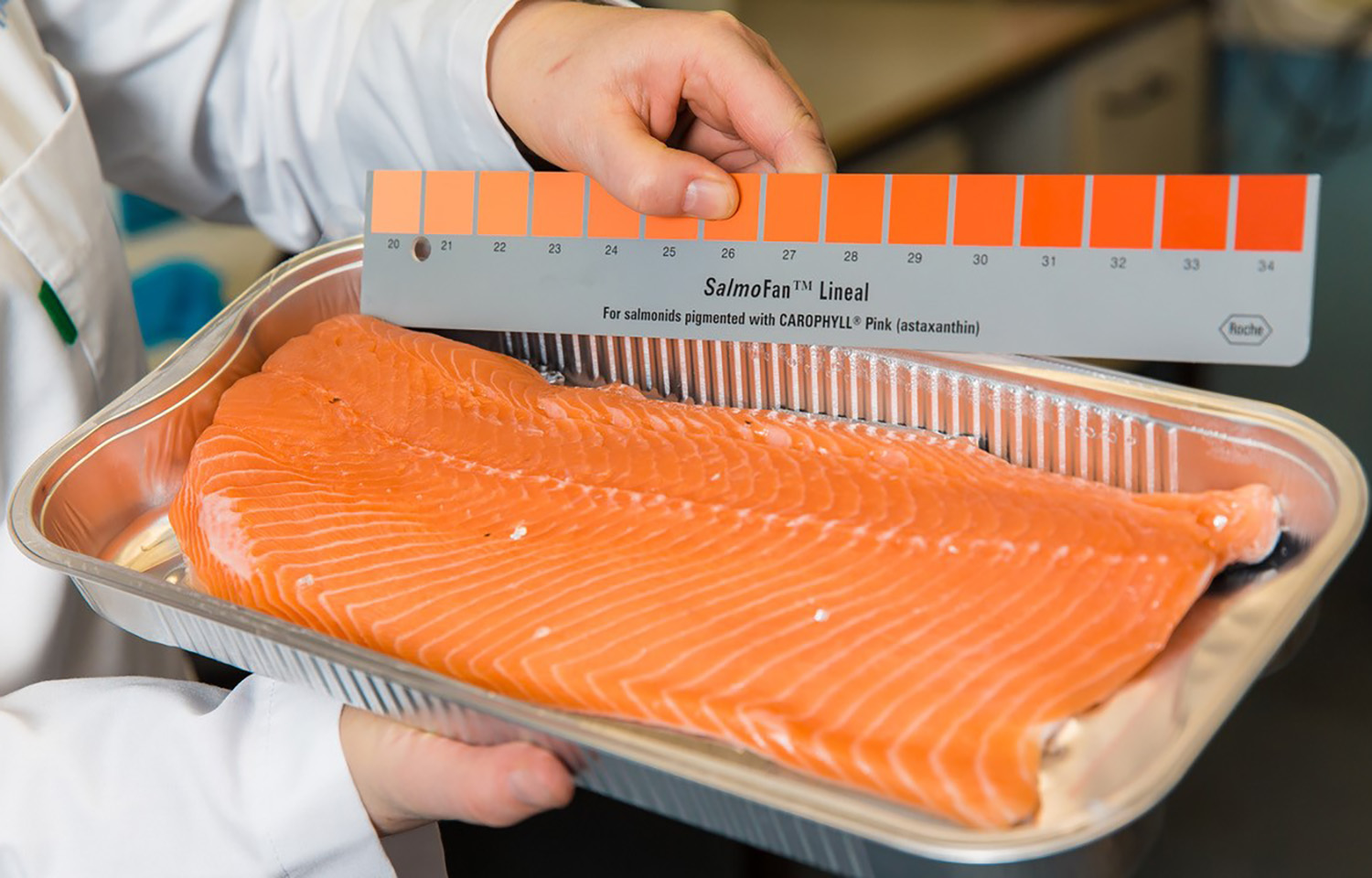Sea lice treatments and other measures salmon farmers take to reduce parasite infestations are contributing to variances in fillet color, according to a new study conducted by Norwegian food research institute Nofima.
Led by Nofima Senior Scientist Trine Ytrestøyl, the institute’s scientists aimed to outline what factors pose challenges for Norwegian fish farmers aiming to achieve consistent pigmentation in their salmon.
“[Farmers have] a constant battle against salmon lice problems, but so far, there is no solution that can eliminate lice without stressing their fish,” Ytrestøyl told SeafoodSource.
This battle has led to farmers taking myriad approaches to limit parasites, such as repeated mechanical delousing, which the Norwegian Seafood Research Fund-supported study found alters fillet color.
Nofima said its study was the first to ever document this unintended consequence of delousing. If farmers decide to slaughter fish at a lower weight to avoid more delousing, this has a further negative effect on color, Ytrestøyl said.
There are some strategies farmers can take to limit sea lice, but they are often costly and Nofima is unsure of their possible effects on fillet color.
“Land-based farming until slaughter is an option [to limit sea lice] but will have a higher production cost,” Ytrestøyl said. “Also, producing larger smolts for sea transfer is being done so that the length of the seawater production cycle is reduced, and thus, fewer lice treatments are necessary.”
The latter strategy has been an increasingly popular industry trend, and Nofima, through industry consultation, has not been able to determine whether size at transfer can influence fillet color.
However, Ytrestøyl said the institute does know for certain that the period of the year in which a transfer occurs is important, with autumn smolts having a slightly more vibrant pink fillet color in the survey than smolts transferred to seawater in spring.
The study’s findings are based on questionnaires answered by Norwegian industry companies in 2023, data on fillet color covering commercial production between 2012 and 2023, and from Nofima’s internal research and development.
Through these sources, Nofima established a high degree of correlation between what fish farmers reported and what Nofima observed to be affecting pigmentation in its internal analysis.
The questionnaire found not all fish farmers perceive inadequate fillet color as a problem, though, and the number of farmers who experience pigmentation issues varies widely. Some report a reduction in pigmentation in just 2 percent of their slaughtered fish, while others indicate problems with 20 percent to 40 percent of their slaughtered fish.
There is also variation in what they believe to be the lowest acceptable color for their salmon on the SalmoFan scale, which measures fillet color by shades of pink – from a lighter, paler pink to a more vibrant reddish pink – on a scale of 20 to 34. The lowest acceptable color farmers reported ranges from 24 to 27 on the scale.
Additionally, farmers disagree on how much astaxanthin, which is an antioxidant wild salmon naturally eat in their diets and which farmed salmon eat through carefully composed feed that gives salmon and other creatures their pinkish hue, should be in salmon fillets. The low end of their acceptable range is between 5 and 7 milligrams per kilogram per fillet.
“Different markets have different preferences for fillet color, so this can be the reason for the different goals for fillet color that farmers have,” Ytrestøyl said. Japanese customers tend to prefer a more red fillet compared to consumers in some European countries, according to Ytrestøyl.
Nofima found the color intensity of Norwegian salmon decreased from 2012 to 2021, with a slight ...








